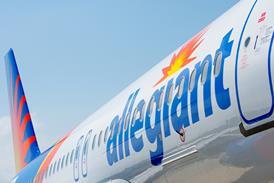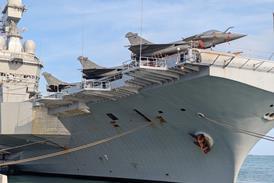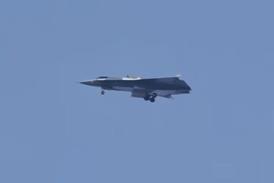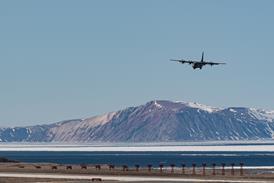In the wake of 9/11 the industry seemed ready to free itself from the years of restrictive practices that had left it in crisis. But the hope for a new sense of direction has since faded, at least in the west, leaving others to set the pace
It is a sign of the times that it was Yang Yuanyuan, Minister of the Civil Aviation Administration of China (CAAC), who stepped forward to receive IATA’s second Global Aviation Leadership Award at its annual general meeting in Tokyo in late May. IATA praised Yang for his vision in leading China on a path of market liberalisation, and rounded on governments that “have lost their way” when it comes to air transport policy.

The fact that China is being recognised for market reform puts the relative lack of ambition and progress elsewhere, particularly in the USA and Europe, into sharp contrast. In the wake of 9/11 there was much talk of a grand new vision for international air transport, both in terms of sweeping liberalisation that would free carriers from decades of restrictions and protectionism, and a radical reinvention of the business to make it profitable once again.
Nearly four years on from 9/11, how does the industry’s brave new world look now? In the categories of weeding out costs and tackling over-priced elements of the value chain, a schoolmaster would give the industry decent marks. Since 2001, carriers gain credit for substantial improvements in their operating cost base. IATA estimates airlines have taken 2-3% annually out of their non-fuel unit costs. This has been achieved with a virtually unchanged revenue environment since 2001 and falling or flat traffic growth. Moreover, yields collapsed by 20% after the terror attacks and are not expected to materially recover any time soon.
Over this period the industry has been able to raise its underlying operating margin. IATA estimates that if the oil price in 2004 had remained at its 2002 level of $25 a barrel, the industry’s operating profits would have returned to the late-1990s level of just under 5%. The reality is that high oil prices have all but wiped out this gain and more. With oil prices remaining at around $50 per barrel, the industry, according to the latest Airline Business World Airline Rankings to be published in August, has once more plunged into the red, losing close to $5 billion in 2004. Despite the promise of more cost cuts, with oil prices expected to average $47 a barrel this year, up another 20%, net losses could hit $6 billion in 2005.
The rebalancing of the supply chain is still work in progress. So far, air navigation service providers seem to be heeding the plea for cost efficiency rather more quickly than airports. But even those airports most resistant to change are listening. For example, the Tokyo meeting gratefully heard that Japan’s Narita airport, the world’s most expensive gateway and one previously impervious to calls for rate cuts, was indeed giving ground for the first time.
While the industry seeks to play its part, governments get lower marks. In fact, as recent taxation proposals to fund developing nations demonstrate, the burden of state interference is often growing rather than decreasing. Things looked brighter two years ago as ICAO’s 5th Worldwide Air Transport Conference agreed a framework towards staged liberalisation. After all the hopeful words, however, progress has been, at best, patchy.
The greatest frustration is over a lack of vision from either side of the Atlantic. The USA and Europe still have not agreed transatlantic open skies, and have also failed to take a leadership role in defining new liberal frameworks for others to follow. Today the leadership comes from elsewhere, and from some surprising quarters. Two years ago there were encouraging signs from China as it pledged a series of reforms. However, few would have predicted that it would emerge today as a policy trendsetter.
It has opened up airports like Chengdu, Hainan and Shanghai, and entered into more liberal air service agreements worldwide. The changes have surprised many, and importantly have prompted other governments in the Asia-Pacific and Middle East to step up liberalisation initiatives of their own – India being a prime example, where the skies are opening up at a rapid rate.
Notwithstanding that in a centrally controlled economy it may be easier to make sweeping changes of this nature, Yang’s air transport plan is in motion. Despite the frustration of state interference, the industry and IATA are unflagging in their determination to continue pressing for sound liberalisation moves. It is truly an epic task to influence the affairs of state, but as the efforts with China and minister Yang demonstrate, the rewards can be rich.
Source: Airline Business























